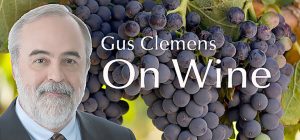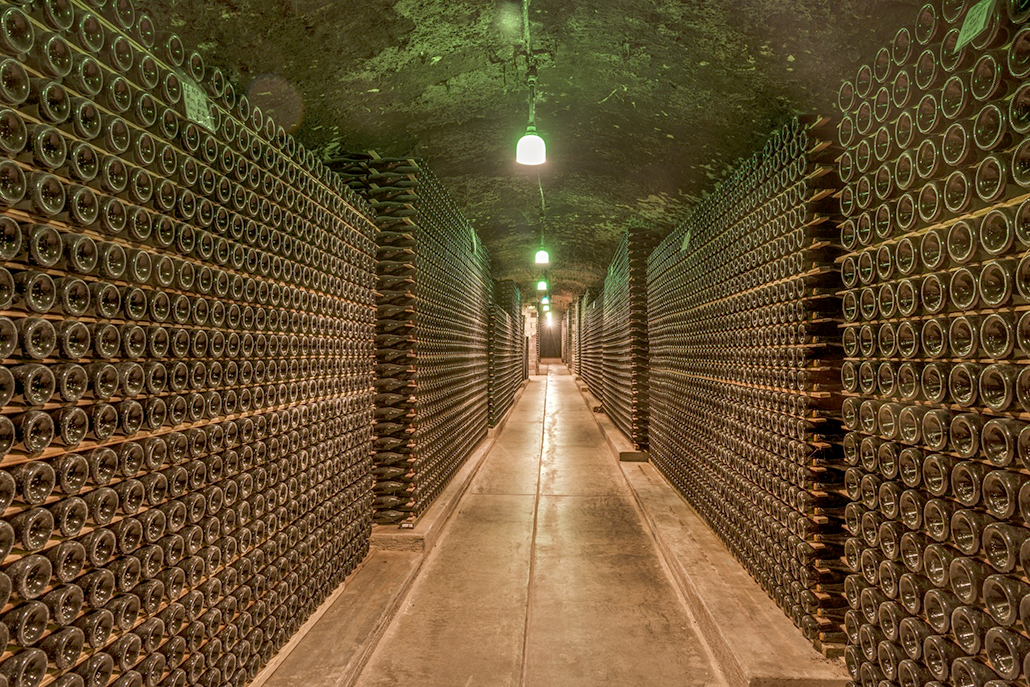In general, wines can be divided into varietals and blends. This being wine, it is not so black-and-white simple. Let’s explore.
A varietal wine has a single variety of grape on the label. That means the named grape is the predominant grape used to make the wine. In the U.S., the named grape must make up at least 75% of the wine. Oregon, however, requires at least 90% of the grape for pinot noir, pinot gris, chardonnay, and riesling. There are 18 grape varieties exempt from the strict Oregon rule, reverting to the more generous rules in the rest of the U.S. Hope that clears things up for you.
A wine blend, as the name implies, means a blend of grape varieties where none reach 75% of the wine. Blends are very common and make some the great wines of the world. Blending is both art and science and the core of what can distinguish one maker’s effort from another’s. Blending can occur in the vineyard, where different varieties are planted together to make a “field blend.” Other blending techniques occur in the winery. Bordeaux blend may be the best known, where cabernet sauvignon, with its structure and tannins, is blended with merlot with its softness and fruitiness. The result is better than a mere sum of its parts.
There are different blending methods:
• Pre-fermentation blending involves combining juice prior to fermentation. This method helps integrate flavors and is used with grapes with complementary characteristics to create a more harmonious wine.
• Post-fermentation blending occurs after fermentation. This allows the winemaker to assess the characteristics of each element once it is wine, giving more precise control over the final product.
• Barrel blending allows winemakers to assess individual wines after being influenced by wood. This allows adding complexity, such as the spiciness of French oak and the vanilla of American oak.
• Microvinification involves fermenting small batches of grapes separately, then experimenting with different combinations of varieties, maceration, oak and aging regimen, and other variables. The process is used to produce complex wines.
• Automated blending systems use sensor and software to measure and control proportions. Often used in making bulk wine and supermarket/commodity wines to achieve consistency year after year.
• Corrective blending is used to address challenges and flaws. It can be used to balance tannins and acidity, and to adjust alcohol levels.
All the techniques, from varietal to blend, are ways winemakers strive to create wine for you to enjoy.
Last round: Did you hear about the big origami company that went out of business?
It’s true, they just folded.
Wine time.


